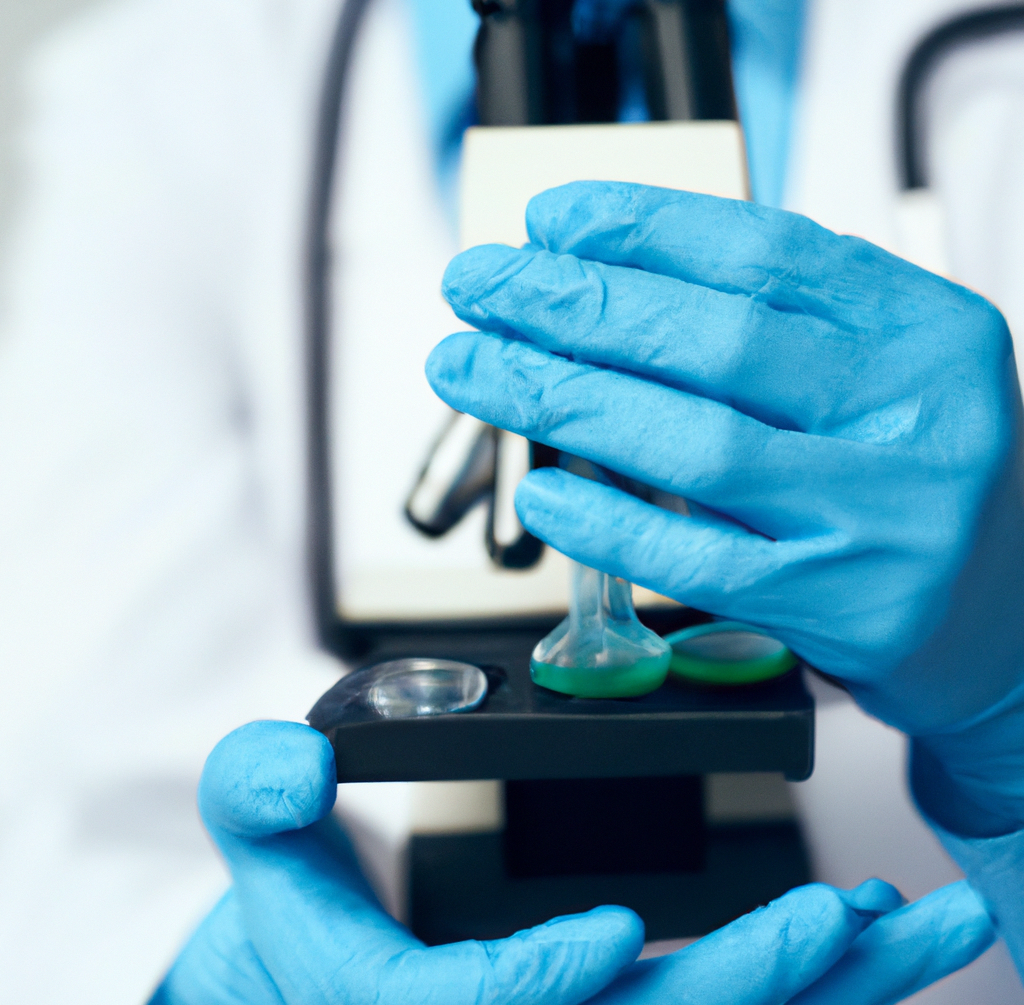Due to impaired venous efflux from the testis as a result of the absence or malfunction of valves, a varicocele is an abnormal dilatation, tortuosity, and engorged with the blood of the draining veins of the testis. Testicular changes of both a macro and micron scale are linked to varicocele. Even when there is a unilateral clinical varicocele, these changes are seen bilaterally.
Grossly, the testicular size is getting smaller. On pubertal boys, a reduction in testicular size ipsilateral to the pathology was restored after surgical repair, supporting the hypothesis that varicocele can result in testicular damage. The most fundamental and useful method for diagnosing male infertility remains sperm analysis. It is a straightforward test that provides information on both sperm quality (motility and morphology) and sperm production (count).
Etiopathology
Researchers hypothesize that excessive heat from increased oxidative stress on the sperm from blood pooling, which results in reduced oxygenation, direct hydrostatic pressure injury effects on the testis, toxin formation, hypoxia, autoimmunity, or an increase in the concentration of adrenal steroids delivered to the testicle because the adrenal veins empty into the left renal vein almost directly opposite the entry of the internal spermatic vein, could cause damage to the sperm. The most common explanation for varicoceles’ impaired sperm is that increased blood flow causes higher intratesticular temperatures.
Varicoceles can get worse if they aren’t treated, but they rarely cause pain. Increased testicular temperatures, elevated venous pressure, oxidative stress, hormonal imbalances, the reflux of toxic metabolites from the kidneys or adrenals, hypoxia, or the potential stretching of nerve fibers in the spermatic cords caused by the dilated varicocele complex are all potential causes of this pain. Varicoceles-related orchialgia is typically described as dull, aching, or throbbing, but it can occasionally be acute, sharp, or stabbing.
Large varicoceles are thought to eventually result in testicular failure, which may lead to lower hormonal production, oligospermia, and testicular atrophy. Sperm motility, viability, counts, and abnormal morphology have all been linked to decreased nuclear DNA integrity caused by varicoceles.
Varicoceles can cause a decrease in testosterone creation by the Leydig cells in the testicles. Men with hypogonadal testosterone (testosterone 300 ng/mL) saw the greatest increase in testosterone after varicocelectomy, with a mean increase of between 100 and 140 ng/mL in more than 80% of patients. This finding recommends that varicocelectomy may be a suitable careful choice to for all time treat low testosterone levels in hypogonadal men with critical varicoceles.
Diagnosis
Following the physical exam, the varicocele can be confirmed using high-resolution color-flow Doppler ultrasound, which will reveal a dilated pampiniform plexus with vessels typically larger than 3 millimeters in diameter. Venography is unnecessary.
Another non-contact, painless, and non-invasive method for evaluating and confirming a potential varicocele is thermal imaging.
The use of testicular strain elastography to identify varicocele patients who would benefit from treatment is the subject of research.
Any isolated right-sided varicocele should always be taken into consideration as a possible result of renal cell carcinoma. The thrombus of a tumor in the renal vein on the right side can spread into the vena cava, resulting in spermatic vein obstruction and a right-sided varicocele. CT imaging is advised if this is thought to be possible.
Therapeutic Management
There are no medical treatments that work. Analgesics and scrotal support can be used initially if a varicocele is causing pain or discomfort. Surgical treatment of a varicocele typically takes place outpatient. Retroperitoneal abdominal laparoscopic, infra-inguinal, sub-inguinal below the groin, and intrascrotal are the most common procedures. During surgery, it is essential to avoid the vas deferens and the testicular artery, regardless of the approach.
Interventional radiology typically performs percutaneous embolization as well. A catheter is inserted through the femoral vein, up the vena cava, into the left renal vein, and then inferiorly into the spermatic vein for this procedure. An 89% achievement rate with this strategy has been accounted for.
Small anastomosing vessels that might otherwise be missed can now be identified using microsurgical techniques. Additionally, it makes it possible to identify the testicular artery more accurately, reducing the risk of accidental damage to it.
A retroperitoneal, laparoscopic approach is preferred by some pediatric urologists because it permits control of the spermatic vein close to its insertion into a left renal vein. However, the recurrence rate for this method is relatively high at 15%.
Hematoma, hydrocele, infection, scrotal tissue injury, and arterial injury to the testis that may cause the testicle to die are all potential complications.
It is hazy in the writing which of the techniques further develops male ripeness.
Microsurgical testicular sperm extraction and intracytoplasmic sperm injection (ICSI) may be beneficial for couples experiencing infertility as a result of nonobstructive azoospermia and a varicocele.
If there are two varicoceles, they are both fixed during surgery. Repairing both varicoces may ultimately help produce a pregnancy if there is a left varicocele that is clinically significant but only a subclinical right varicocele.




